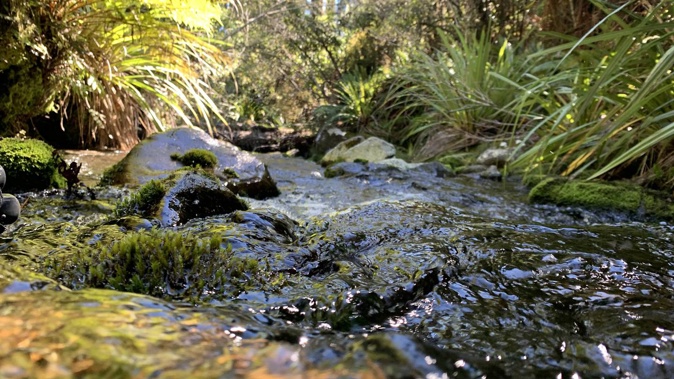
A roadmap for improved water security has been developed by Waikato Regional Council and is a key step to safeguarding sustainable access to quality freshwater into the future.
At its June meeting, the council backed the draft strategy for publication and supported the next stage of work – the development of an implementation plan.
Waikato Regional Council science manager Dr Mike Scarsbrook, the author of the strategy, said the regional economy and people’s wellbeing are dependent on the availability of water.
“Quite rightly, Waikato communities are increasingly concerned about climate-related reductions in water availability and the implications for freshwater ecosystems, urban and industrial water supply/demand, ongoing delivery of electricity generation, primary sector productivity and future growth.
“At the heart of the problem are the impacts of a prolonged period of reduced rainfall on water resource supply and an increase in demand in parts of our region,” Scarsbrook said. “The effects of climate change are likely to exacerbate constraints on water availability and increase demand, and this in turn can impact quality.
“On top of this, water allocations are approaching or exceeding limits in several major catchments, such as the Piako and Whangamarino. It’s likely that further resource limits set through the Government’s national policy statement for freshwater management will reduce water availability in order to improve environmental outcomes. This will increase competition among water users,” Dr Scarsbrook said.
The strategy will support and provide leadership in conversations on regional and local water security issues and identify potential solutions.
Waikato Regional Council chairwoman Pamela Storey said concerns about the security of freshwater for the rohe [region] had been raised by regional councillors and the previous mayoral forum.
“This strategy is a first step to providing a detailed understanding of the current state and confirms the need for a smart, integrated plan to manage the scale, severity and impact of water security issues for the Waikato region,” Storey said.
The strategy builds on national and local water security initiatives to identify a roadmap for a co-ordinated regional response to changing water security.
It recommends the development of a collaborative, multi-stakeholder and regional-scale Water Security Implementation Plan to identify roles and responsibilities in addressing the significant water security challenges facing the region and establish partnerships to implement appropriate solutions.
The 30-year plan has already been identified as one of the council’s three goals for success in its strategic direction adopted earlier this year and is expected to be completed by 2025.
The strategy also recommends the development of a more detailed water accounting system for the Waikato that can provide timely and robust information on water availability and demand – including better information on actual use – to communities.
Potential solutions identified in the strategy include managing demand, enhancing supply and increasing ecosystem resilience to periods of water deficit, but it is recognised all options need to be “on the table and assessment of options should follow a robust process”, Scarsbrook said.
The strategy can be found on the Waikato Regional Council website: waikatoregion.govt.nz/water-security-strategy.
Supplied copy.
Take your Radio, Podcasts and Music with you









